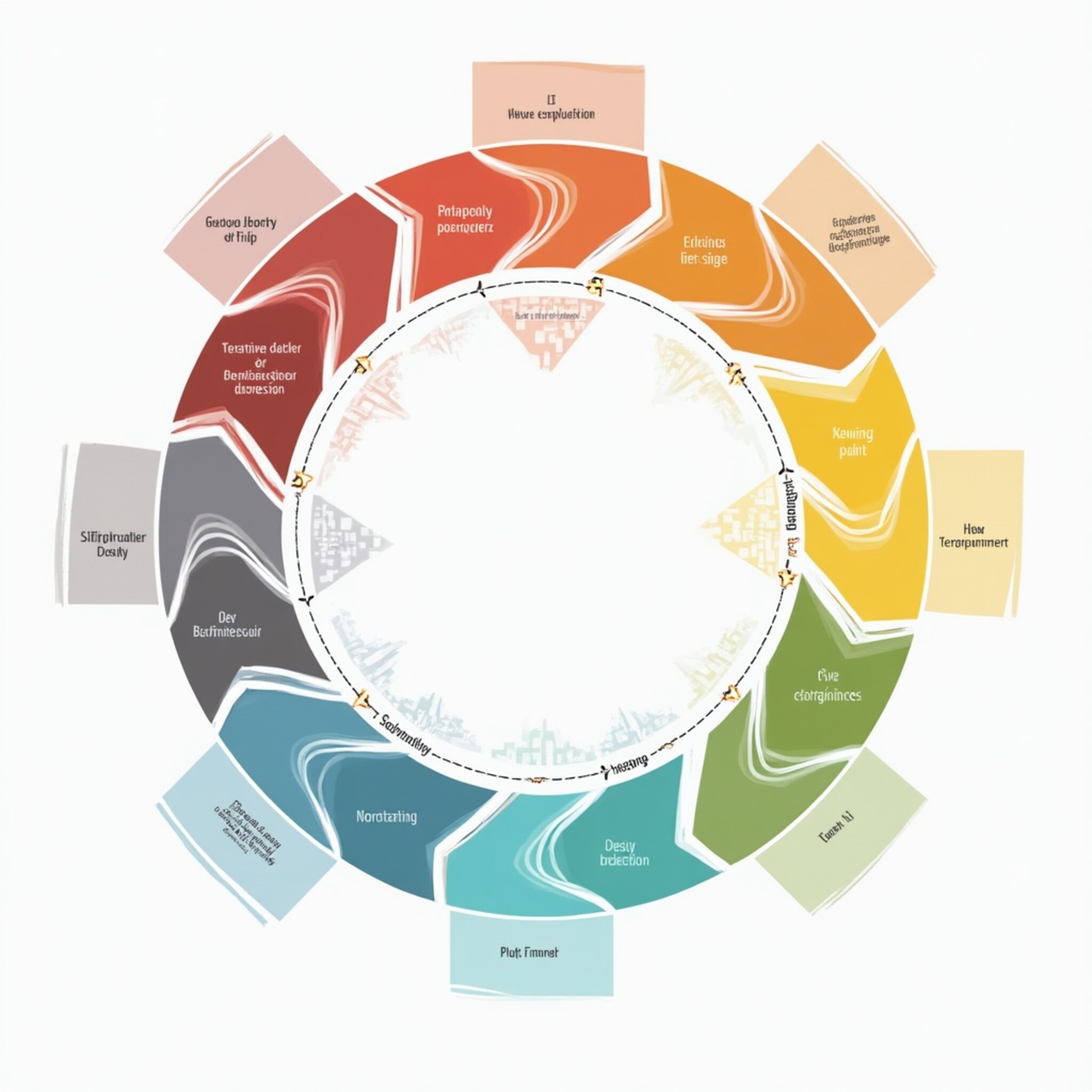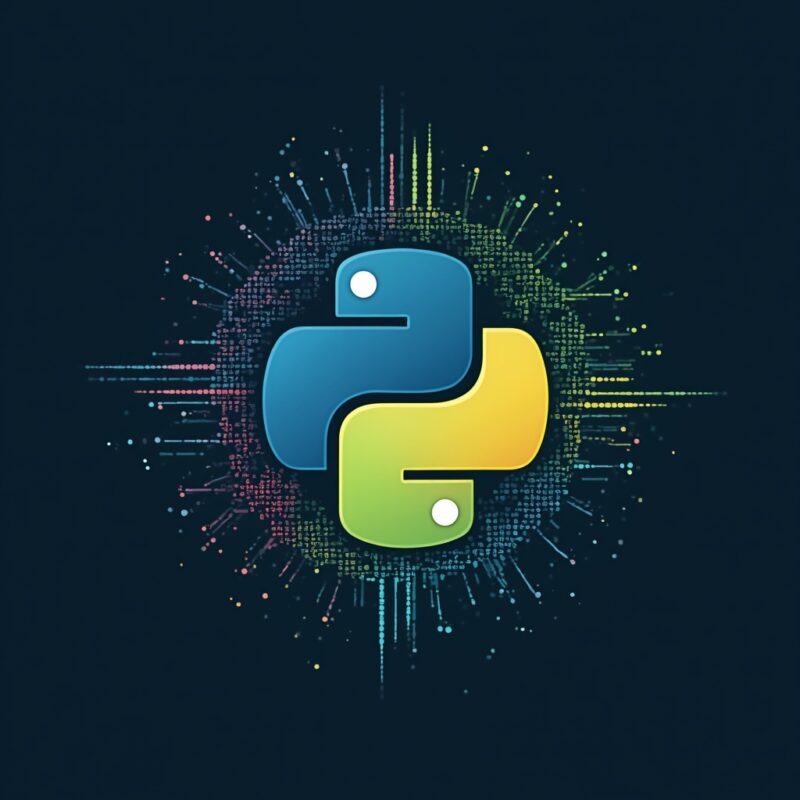Plot Generator: Craft Compelling Story Arcs in Minutes

A plot generator is a creative writing tool that provides customizable story frameworks to help writers overcome blocks and develop compelling narratives. These tools offer plot points, character arcs, and conflict scenarios that writers can modify and expand with their unique voice and vision.
Stuck Staring at a Blank Page? Plot Generators to the Rescue!
We’ve all been there. You sit down, coffee steaming beside you, fingers hovering over the keyboard, and… nothing. The cursor just blinks back at you like some sort of digital metronome counting the beats of your creative failure. Been there so many times my computer practically expects disappointment when I open a new document.
That’s where plot generators swoop in like caffeinated superheroes. These nifty tools are basically story scaffolding – giving you the bones of a narrative while leaving plenty of room for you to add the flesh, blood, and that weird mole that makes your character uniquely memorable.
Whether you’re crafting a novel, screenplay, short story, or even just trying to spice up a presentation with narrative elements, plot generators provide that initial spark. Let’s break down exactly what makes these tools so valuable for both beginning and experienced storytellers.
What Exactly Is a Plot Generator?
A plot generator is essentially a creativity jumpstart system that provides randomized or guided story elements to help writers develop narrative frameworks. Think of it as story math: Character + Conflict + Setting = Plot Foundation. These tools can range from simple random idea generators to sophisticated AI-powered platforms that create interconnected story arcs.
Most plot generators offer combinations of:
- Character archetypes or specific character traits
- Conflict scenarios (both internal and external)
- Setting options or world-building elements
- Plot twists and turning points
- Theme suggestions
The real magic happens when you take these generated frameworks and infuse them with your unique perspective and voice. No plot generator writes teh story for you—they simply provide the starting point that your imagination can run wild with.
Why Plot Generators Are Game-Changers for Writers
Writer’s block isn’t just frustrating—it’s a creativity killer that can derail your entire project. Plot generators offer several key benefits that make them invaluable tools in any writer’s arsenal:
Breaking Through Mental Blocks
When you’re stuck, sometimes all you need is something—anything—to react to. Plot generators provide that external stimulus that gets your brain firing in new directions. Rather than creating from nothing, you’re now responding to a prompt, which activates different creative pathways in your brain.
Expanding Beyond Your Comfort Zone
We all have storytelling habits and patterns we fall into. Maybe you always write about relationships, or your characters tend to solve problems the same way. Plot generators introduce elements you might never have considered, pushing you to explore unfamiliar narrative territory.
Learn more in
AI Code Generator: Automate Programming Tasks Efficiently
.
Saving Precious Time
Let’s be honest—time is the writer’s most valuable and limited resource. Plot generators dramatically reduce the time spent staring at blank pages by providing immediate direction. Instead of spending hours conceptualizing basic story structure, you can jump straight to the creative development phase.
How to Use Plot Generators Effectively (Without Sounding Generic)
The biggest concern writers have about plot generators is ending up with something that feels manufactured or generic. Here’s how to use these tools while maintaining your unique voice and vision:
Treat Generated Plots as Foundations, Not Finished Products
- Mix and match elements: Take what resonates from multiple generated plots and combine them in unexpected ways
- Ask “what if?” questions: Take the generated scenario and immediately challenge it with “but what if instead…”
- Flip expectations: If the generator suggests a hero, maybe your protagonist is actually the villain
- Layer complexity: Add subplots, nuanced motivations, and moral ambiguity to the basic framework
Customize Through Character Development
Even the most basic plot can become extraordinary through rich character development. After getting your plot outline, spend time creating characters with:
- Contradictory traits and desires
- Complex backstories that inform their decisions
- Unique voices and perspectives
- Flaws and weaknesses that create natural tension
Remember, nobody’s perfect—your characters shouldn’t be either. Give them quirks, insecurities, and those weird little habits (like alphabetizing their spice rack or talking to houseplants) that make them feel human.
Plot Generator Myths: Busting Common Misconceptions
Myth #1: “Using a plot generator is cheating”
This couldn’t be further from the truth! Professional writers use all kinds of tools and techniques to spark ideas. A plot generator is just another tool in your creative arsenal—like an outline or a character worksheet. The real writing comes in how you develop and execute the concept.
Myth #2: “All generated plots sound the same”
While basic generators might produce somewhat formulaic results, today’s advanced plot generators use sophisticated algorithms that create diverse and nuanced story frameworks. Plus, once you add your unique voice, characters, and creative choices, any trace of “sameness” disappears.
Myth #3: “Plot generators stifle creativity”
Actually, constraints often enhance creativity rather than limiting it. By providing a framework, plot generators free your mind to focus on deeper character development, dialogue, and thematic elements rather than getting stuck on basic structure questions.
Top Plot Generators That Actually Deliver
Not all plot generators are created equal. Here are some standouts that consistently provide useful story frameworks:
For Character-Driven Stories
- Charahub: Generates character templates with psychological profiles and potential story arcs
- Character Generator Plus: Creates detailed character backgrounds with motivations, fears, and relationship dynamics
- Seventh Sanctum’s Character Motivations: Focuses specifically on what drives characters, creating natural plot points
For Genre-Specific Writing
- Fantasy Name Generators: Beyond just names, offers fantasy plot scenarios and worldbuilding elements
- SciFi Ideas: Generates technology concepts, alien cultures, and futuristic conflicts
- Mystery Plot Generator: Creates crime scenarios with suspects, motives, and red herrings
For Complex Plot Structures
- Plot Generator.org: Creates multi-layered plots with primary and secondary conflicts
- Save the Cat Beat Sheet Generator: Builds plots based on the famous screenplay structure
- Plottr: More of a plot development tool than a generator, but excellent for expanding initial ideas
Real-World Success Stories: From Generated Plot to Published Work
Skeptical that randomly generated plot points can lead to meaningful stories? These examples might change your mind:
Novel Writing Breakthroughs
Author Rebecca Thornton was stuck on her second novel when she turned to a plot generator for inspiration. The random combination of “a character discovering a family secret” and “a storm isolating characters together” sparked her bestselling thriller The Fallout, which bears no resemblance to the basic prompt but would never have existed without it.
Screenplay Development
Independent filmmaker Jordan Chen credits a simple plot generator with providing the concept for his award-winning short film. “The generator gave me ‘a character who can’t speak meets someone who can’t hear.’ That single prompt evolved into a complex story about communication and connection that’s entirely my own vision.”
Student Success
Creative writing instructor Mariah Jefferson assigns plot generator exercises to break her students out of ruts. “One student was writing the same story over and over with different window dressing. When forced to work with a generated plot about ‘a baker who discovers magic in everyday ingredients,’ she finally found her voice and went on to publish a successful YA fantasy series.”
From Generated Plot to Unique Story: A Step-by-Step Process
Ready to transform a generated plot into something uniquely yours? Here’s a process that works for writers at any level:
- Generate multiple options: Don’t settle for the first plot you generate. Create 5-10 different scenarios.
- Select elements that resonate: Choose components from different plots that spark your interest.
- Ask deepening questions: For each element, ask why, how, what if, and what’s at stake?
- Create character sketches: Develop characters whose personal histories and traits naturally create tension with the plot.
- Write the “wrong” version: Deliberately write a version that subverts the expected direction of the generated plot.
- Extract the emotional core: Identify what emotional journey or theme excites you about the scenario.
- Outline your unique take: Now craft an outline that preserves that emotional core but tells the story in your voice.
When Plot Generators Fall Short (And What to Do Instead)
Plot generators aren’t perfect for every situation. Here’s when they might not be your best option:
When You Need Thematic Depth
Most generators focus on plot mechanics rather than thematic exploration. If you’re writing something that needs to grapple with complex ideas or philosophical questions, you might be better served by:
- Reading widely in your subject area
- Journaling about questions that fascinate you
- Discussing ideas with others to spark perspectives
When You’re Writing Highly Personal Material
For memoir, personal essays, or fiction heavily based on your experiences, plot generators won’t capture the nuances of your unique story. Instead:
- Use timeline exercises to map key moments
- Try freewriting about emotional memories
- Use photos or objects as prompts
Learn more in
AI Code Generator: Automate Programming Tasks Efficiently
.
What’s Next? Taking Your Generated Plot to the Finish Line
The journey from plot idea to finished story is where the real magic happens. Even with a solid framework from a generator, you’ll need to:
- Develop your unique narrative voice
- Create natural-sounding dialogue that reveals character
- Build meaningful story arcs that deliver emotional satisfaction
- Revise, revise, revise (seriously, first drafts are supposed to be messy—that’s normal!)
Remember that plot generators give you a starting point, but the real story emerges in the writing. Trust the process, embrace the unexpected directions your characters might take you, and don’t be afraid to deviate from your initial generated plot if the story demands it.
And when you’re finally staring at your completed manuscript, screenplay, or short story, nobody will ever know (or care) that the initial spark came from a random generator. They’ll only see the amazing story you created.
Your Turn: Generate, Create, and Transform
Plot generators aren’t magic bullets, but they’re incredibly powerful tools when used thoughtfully. The next time you find yourself stuck, give one a try—you might just generate the framework for your next masterpiece.
The most important thing to remember is that these tools serve your creativity; they don’t replace it. Your unique perspective, voice, and creative choices are what will transform a simple generated plot into a story worth telling.
Now stop reading about plot generators and go use one! That blank page isn’t gonna fill itself (though with a good plot generator, it’ll be a lot less intimidating). Happy writing!












